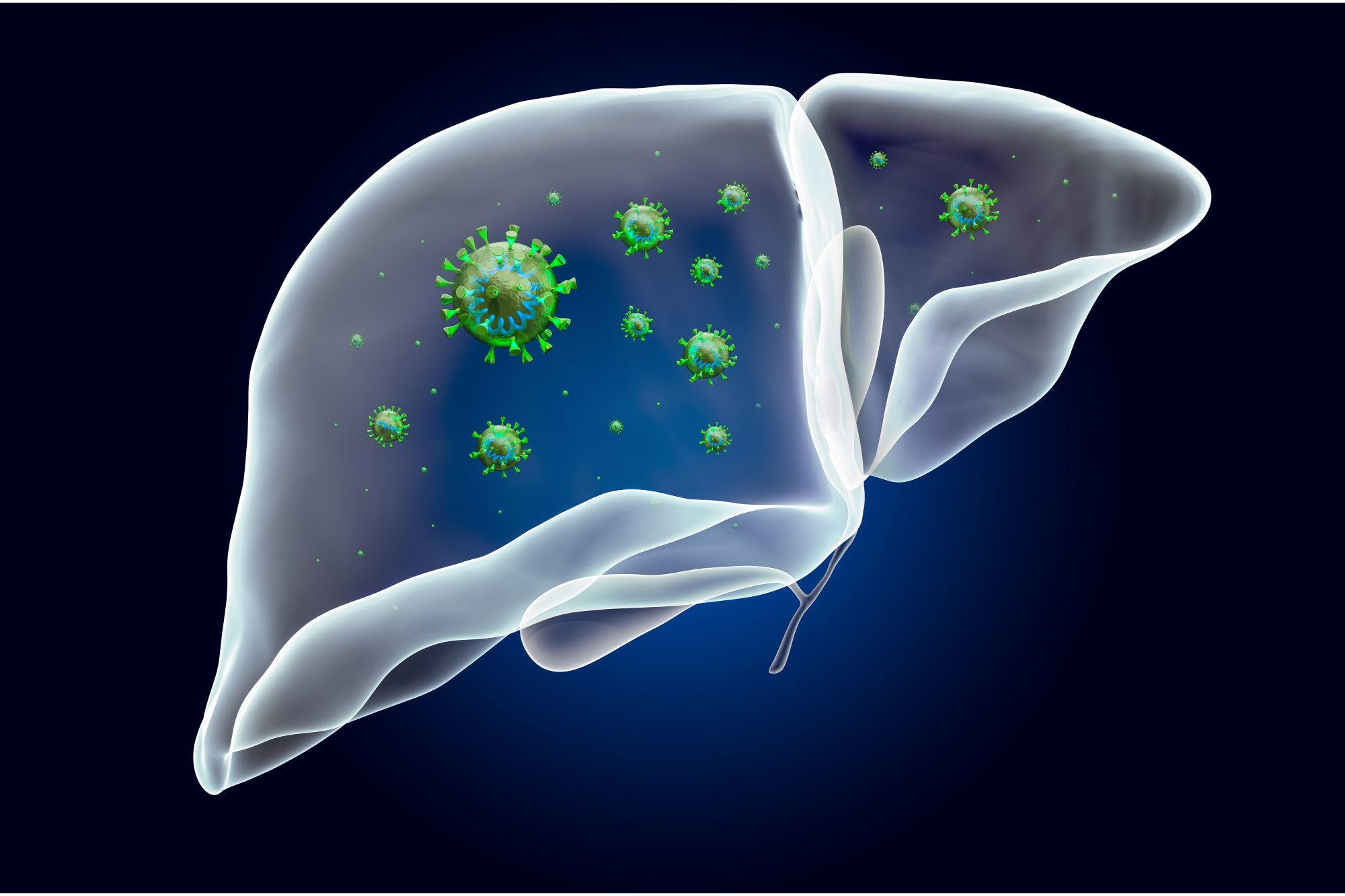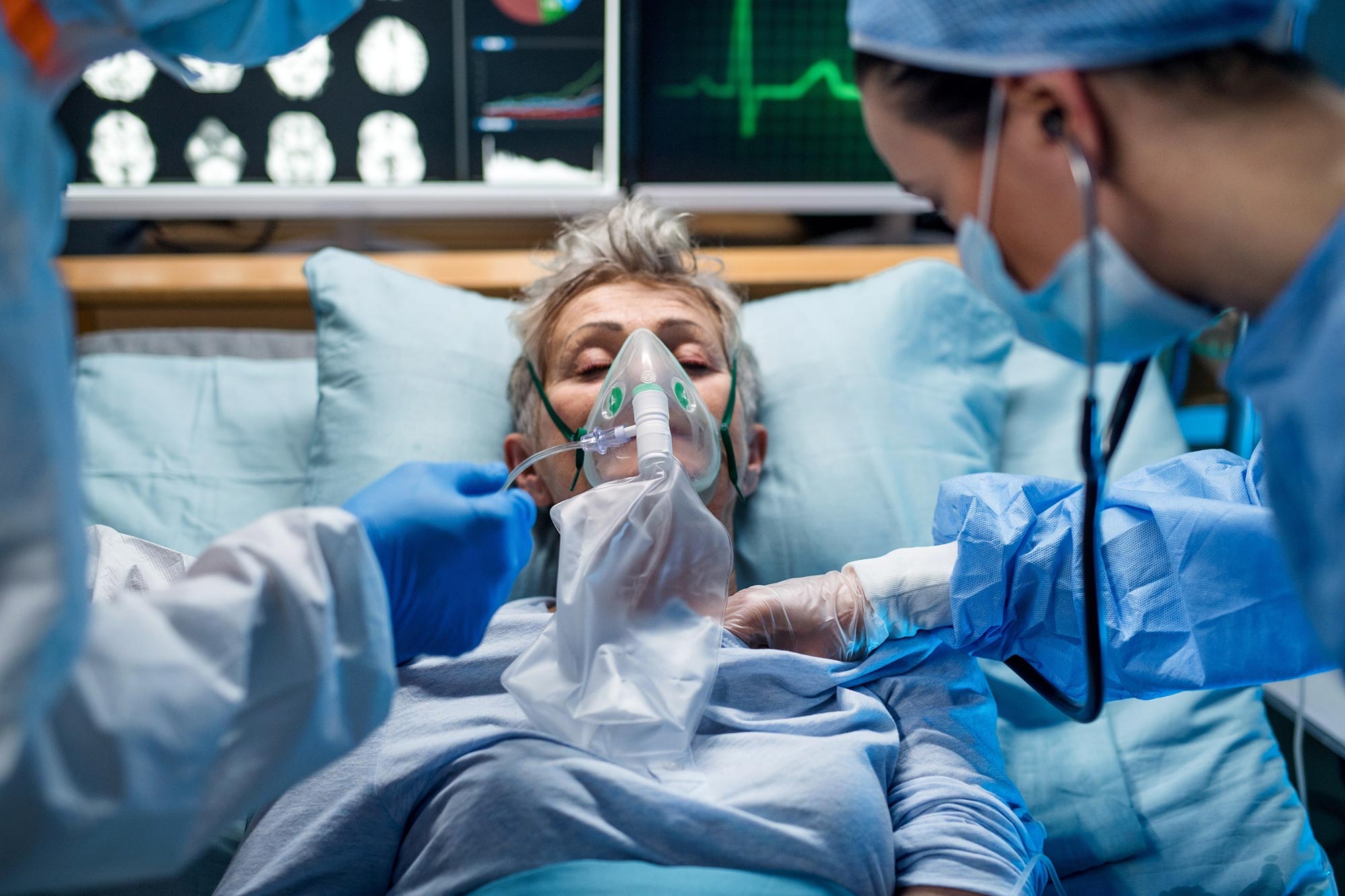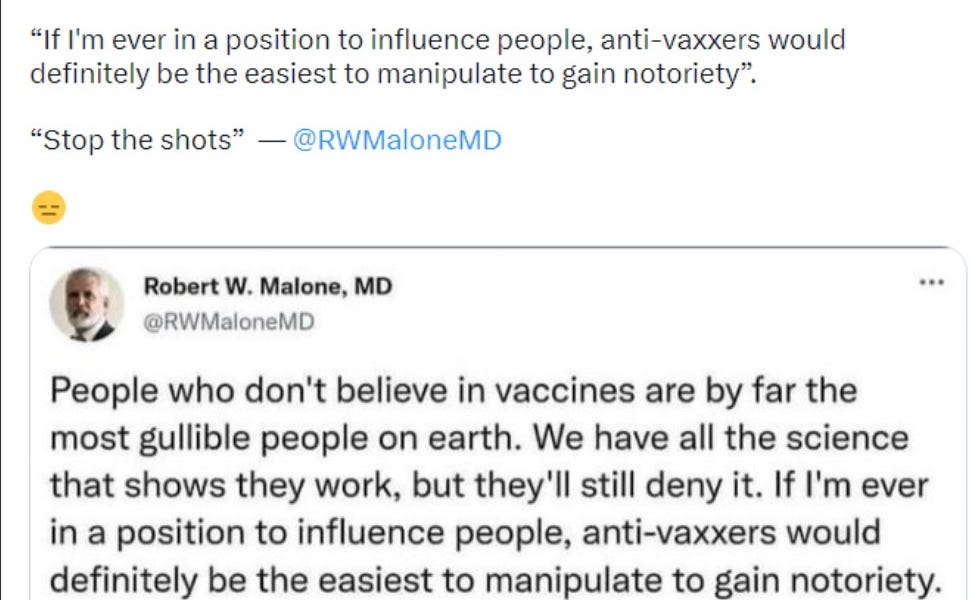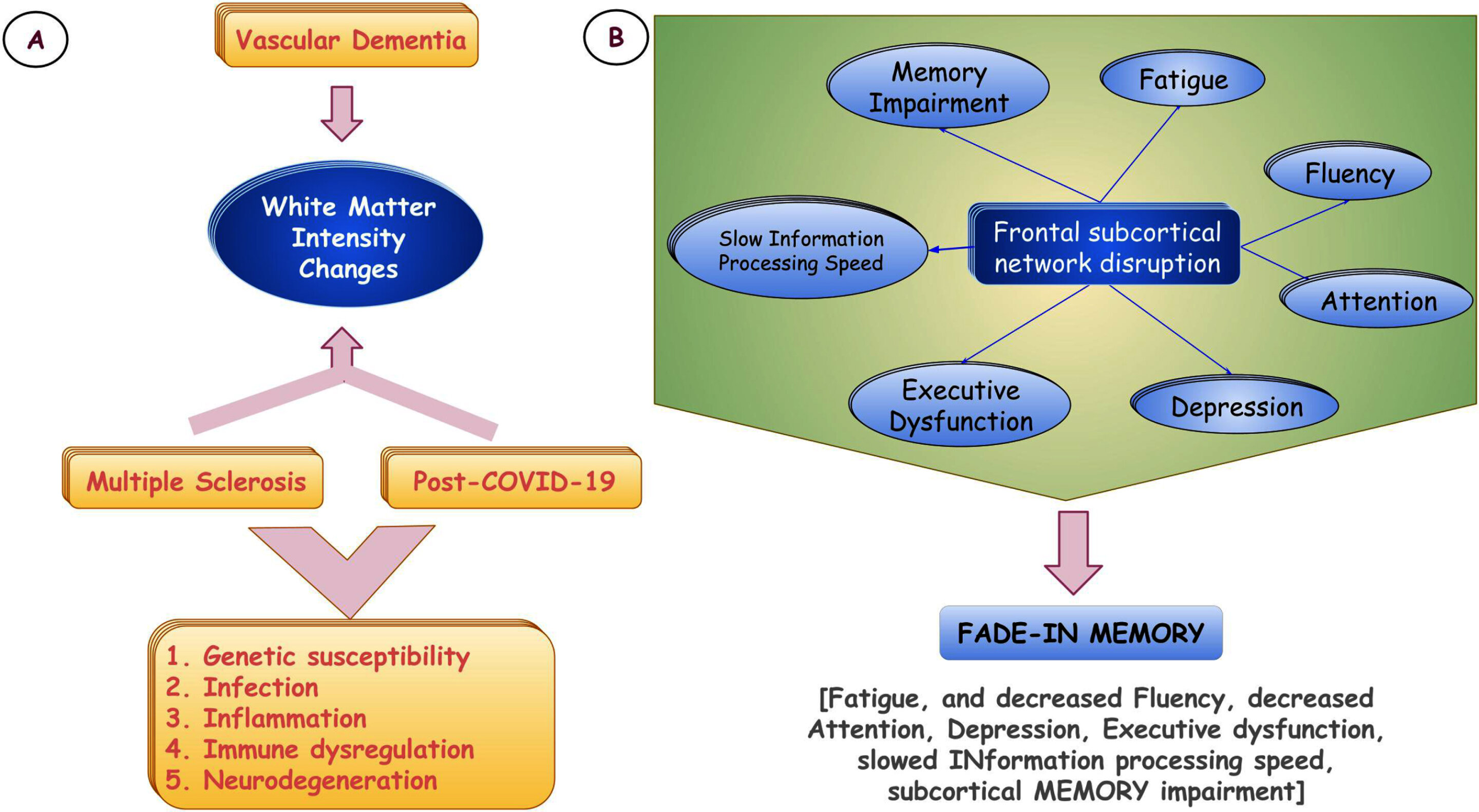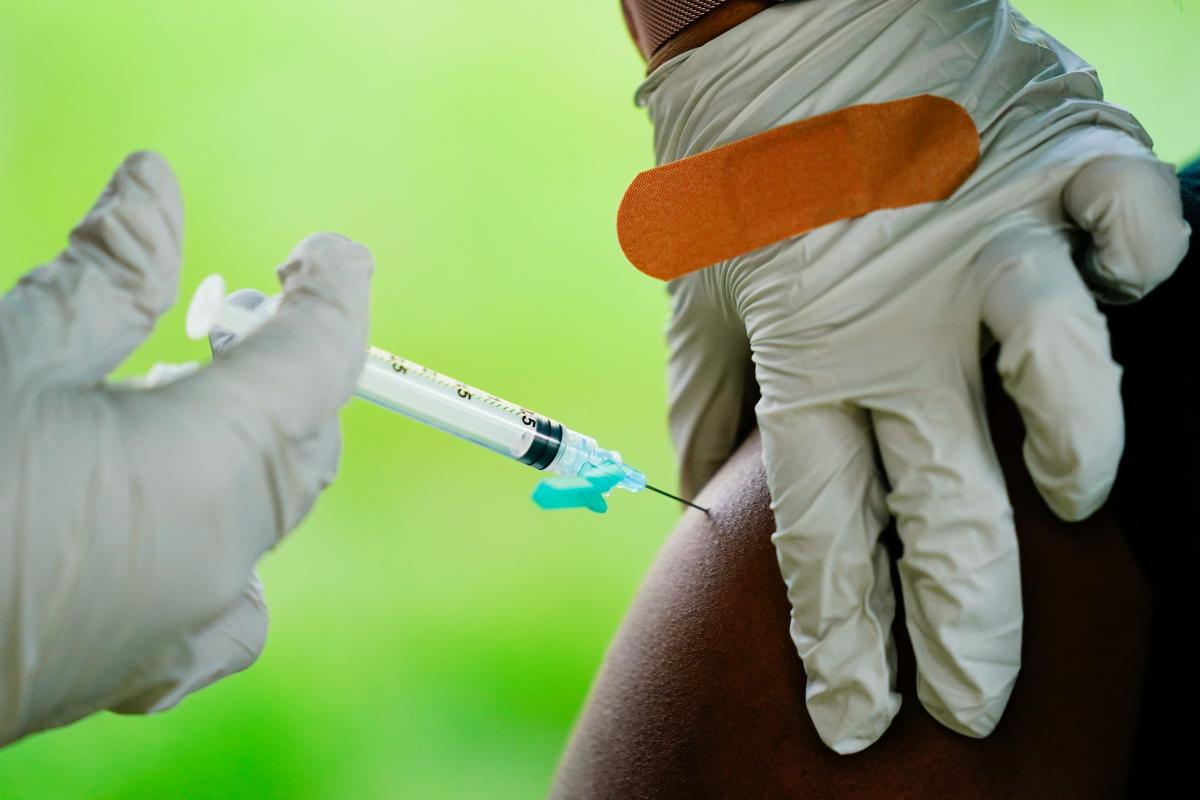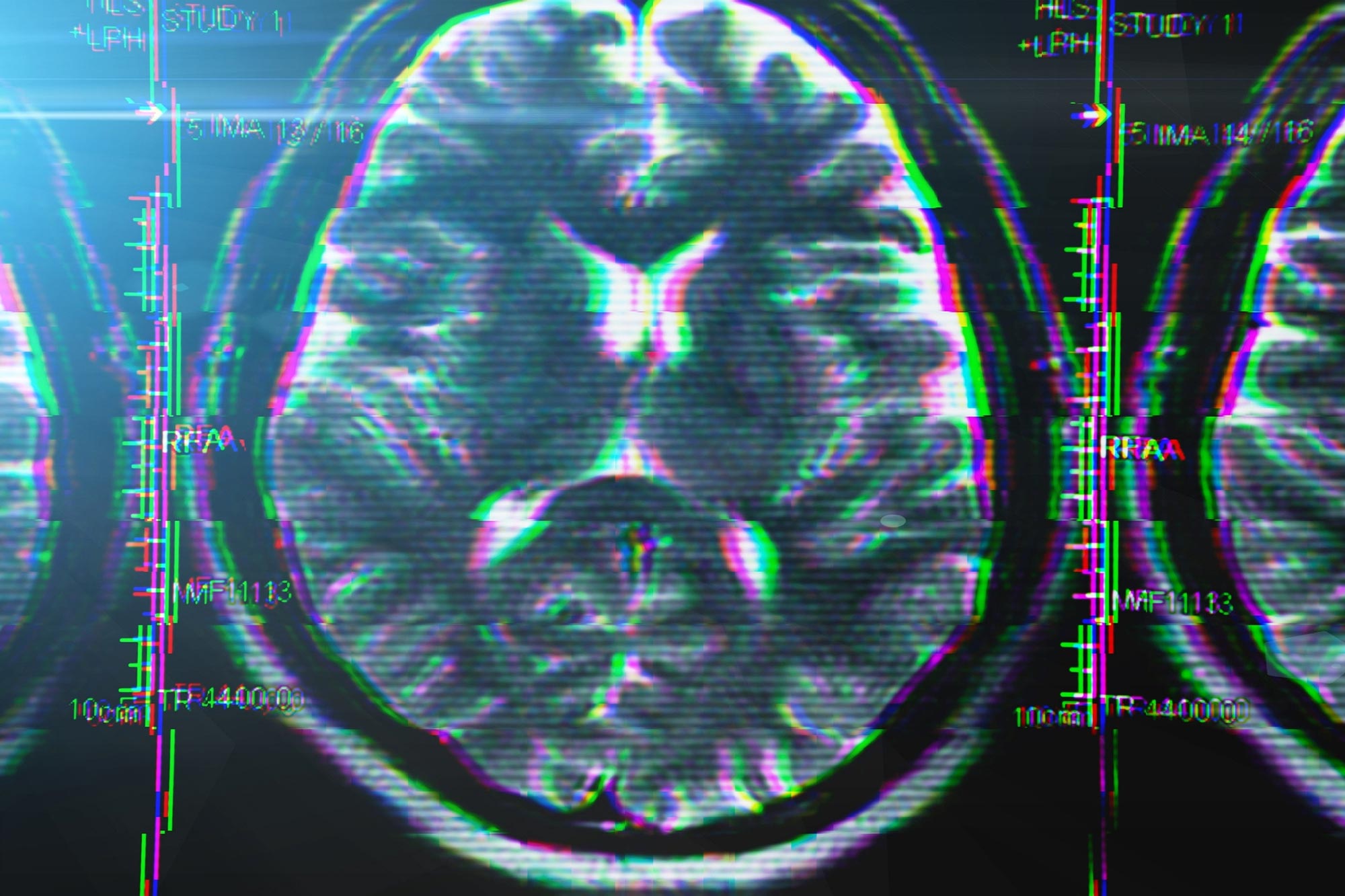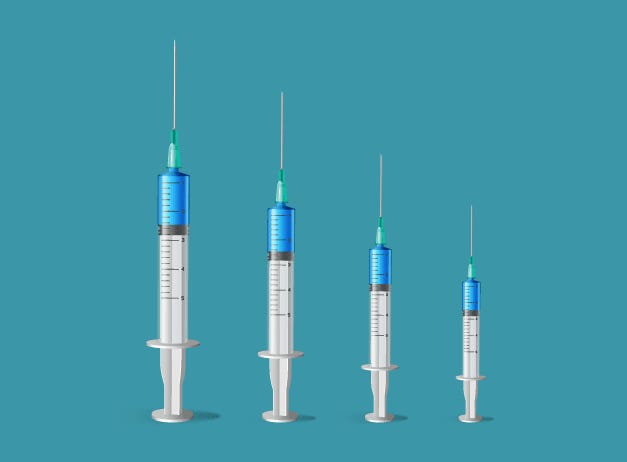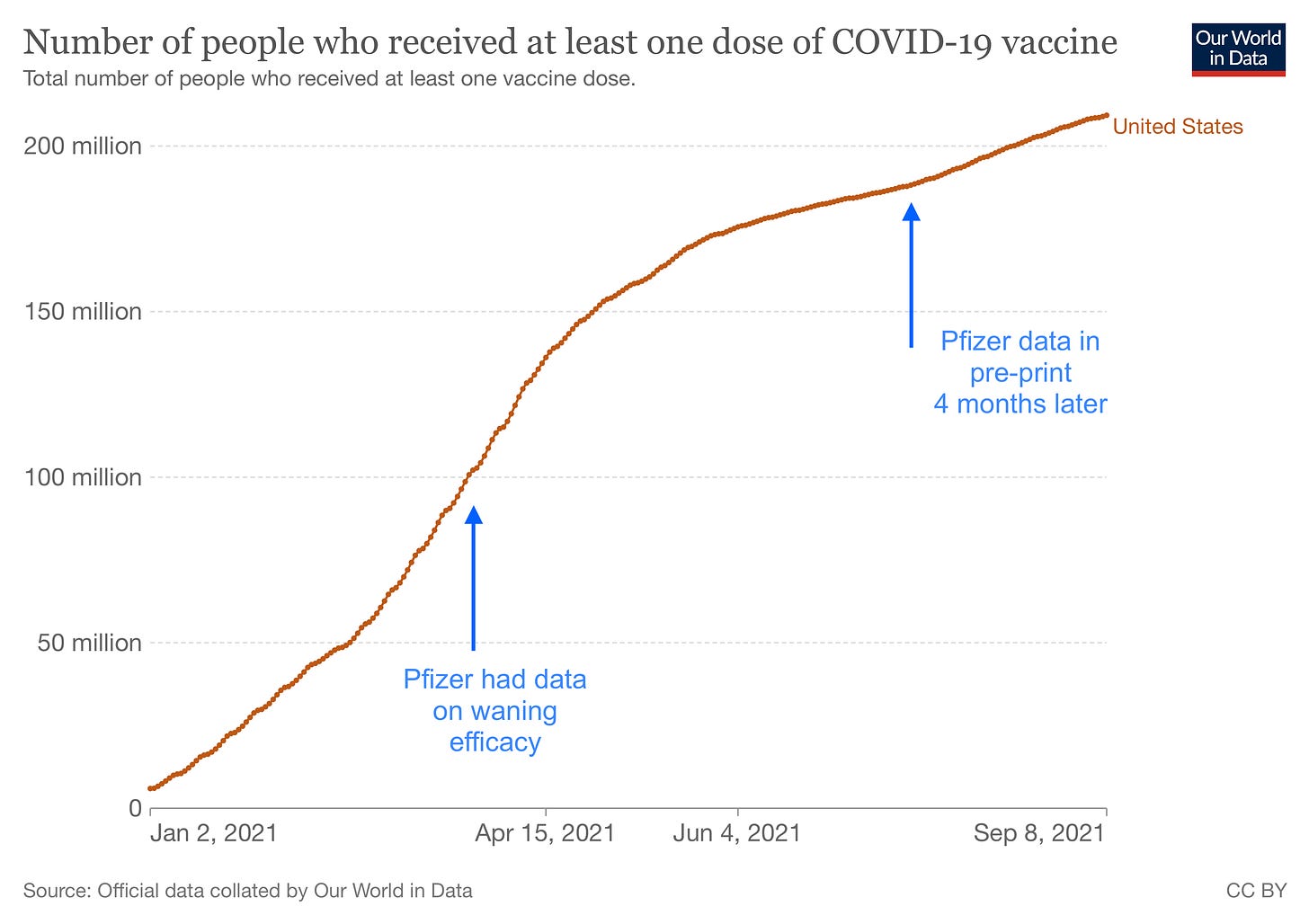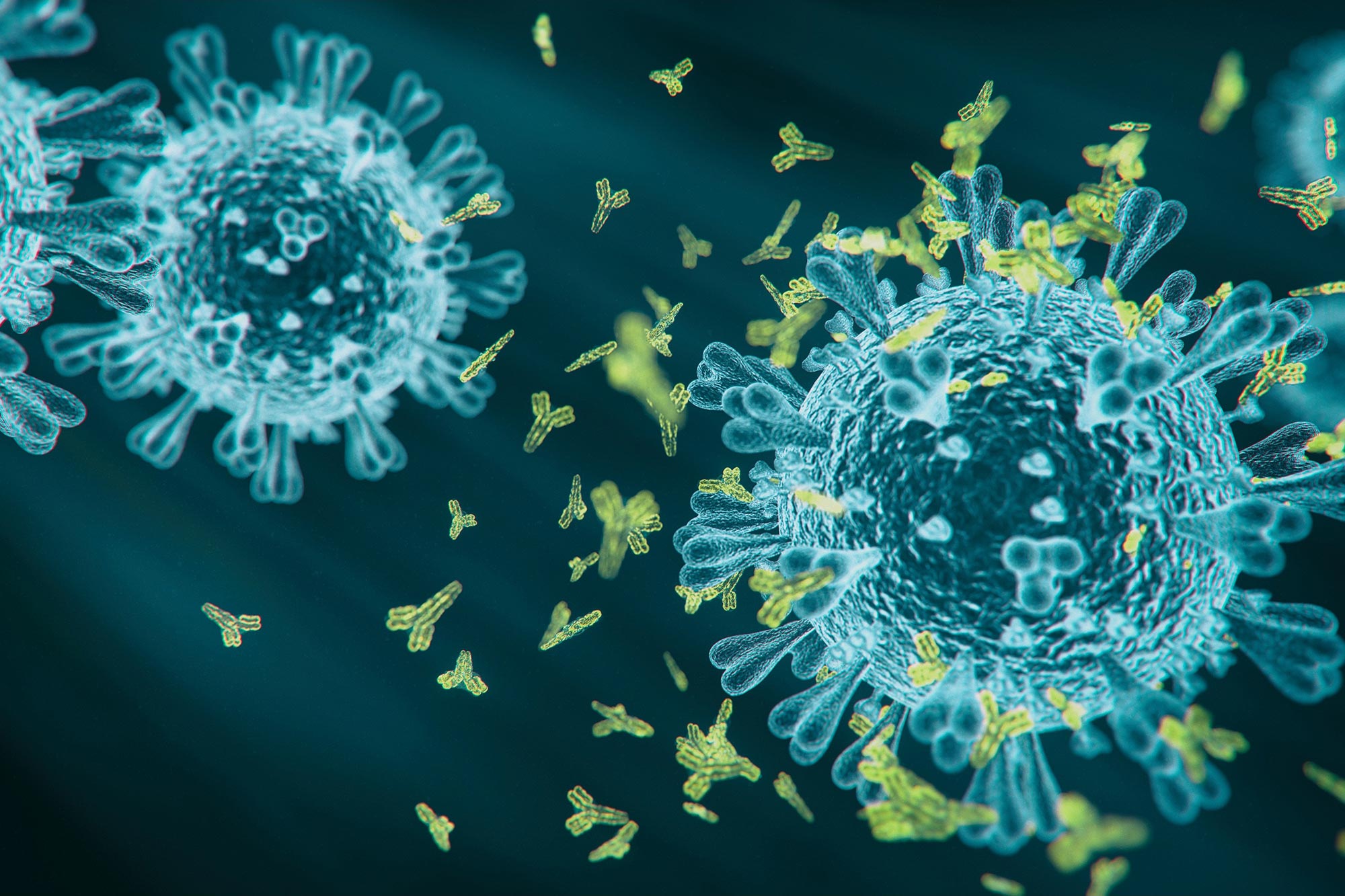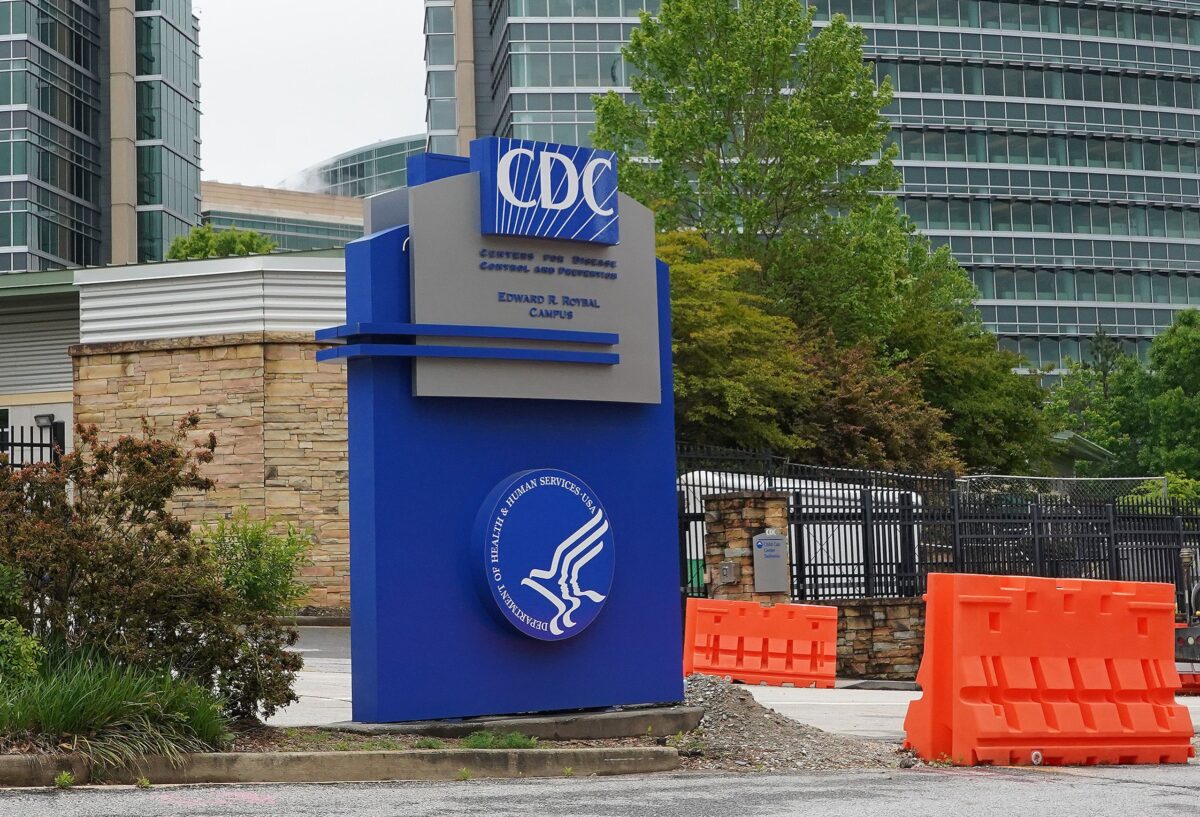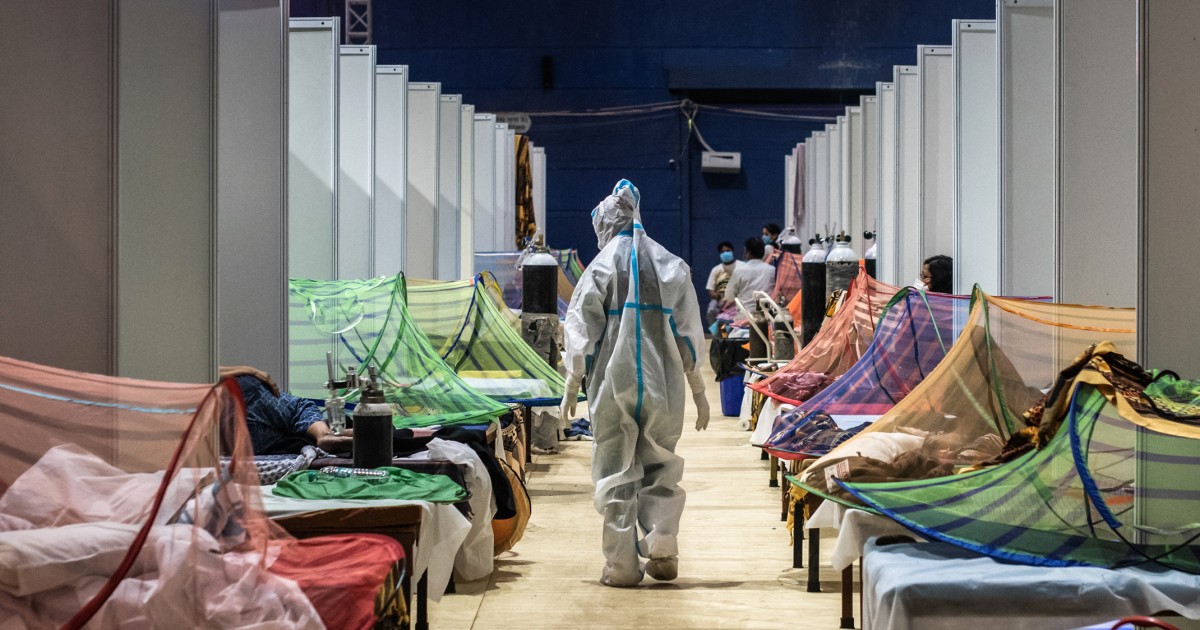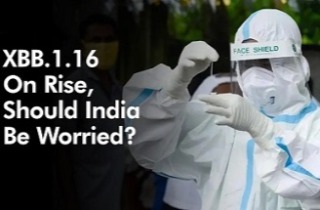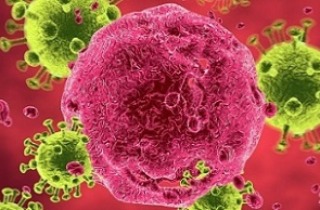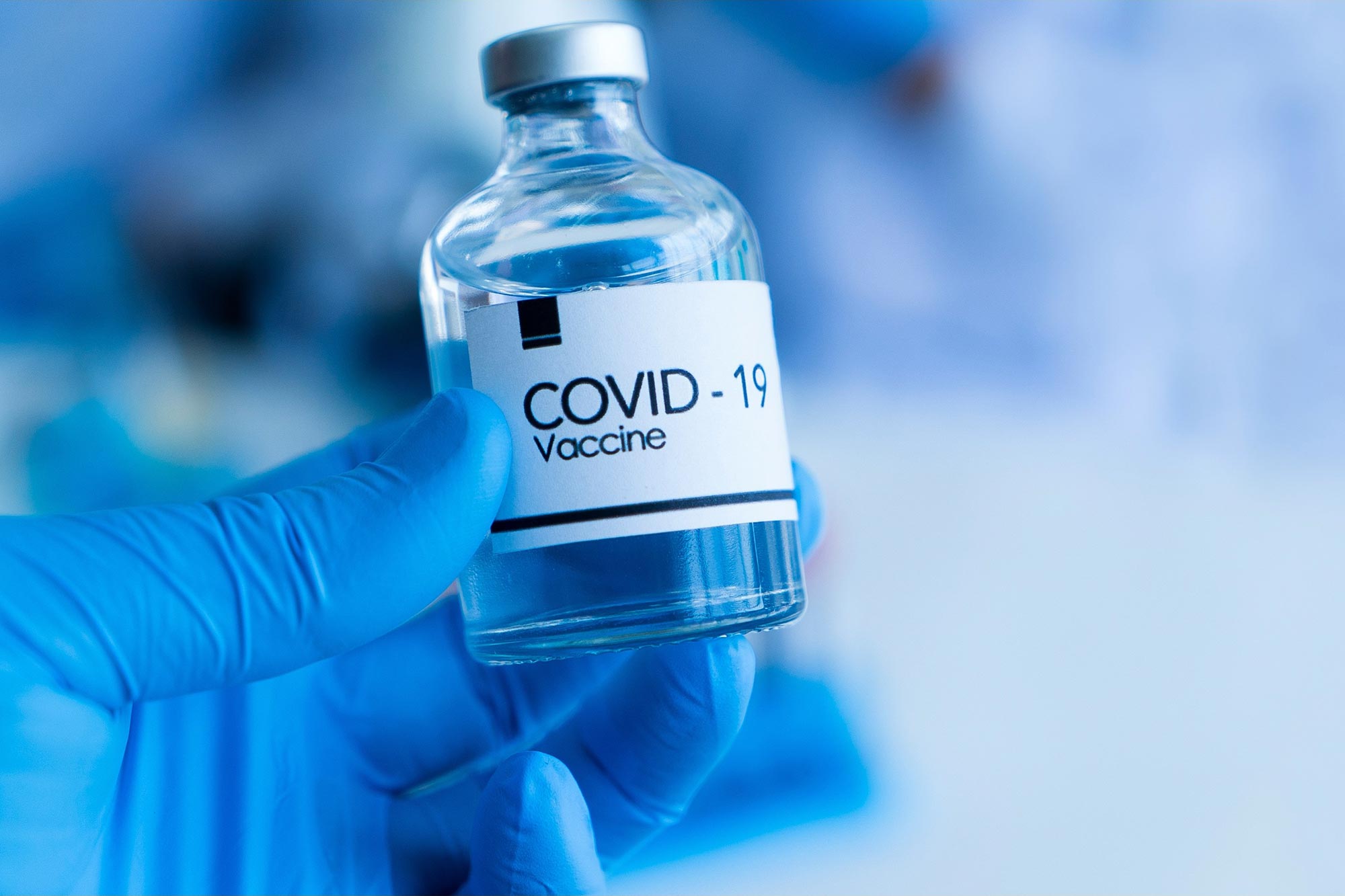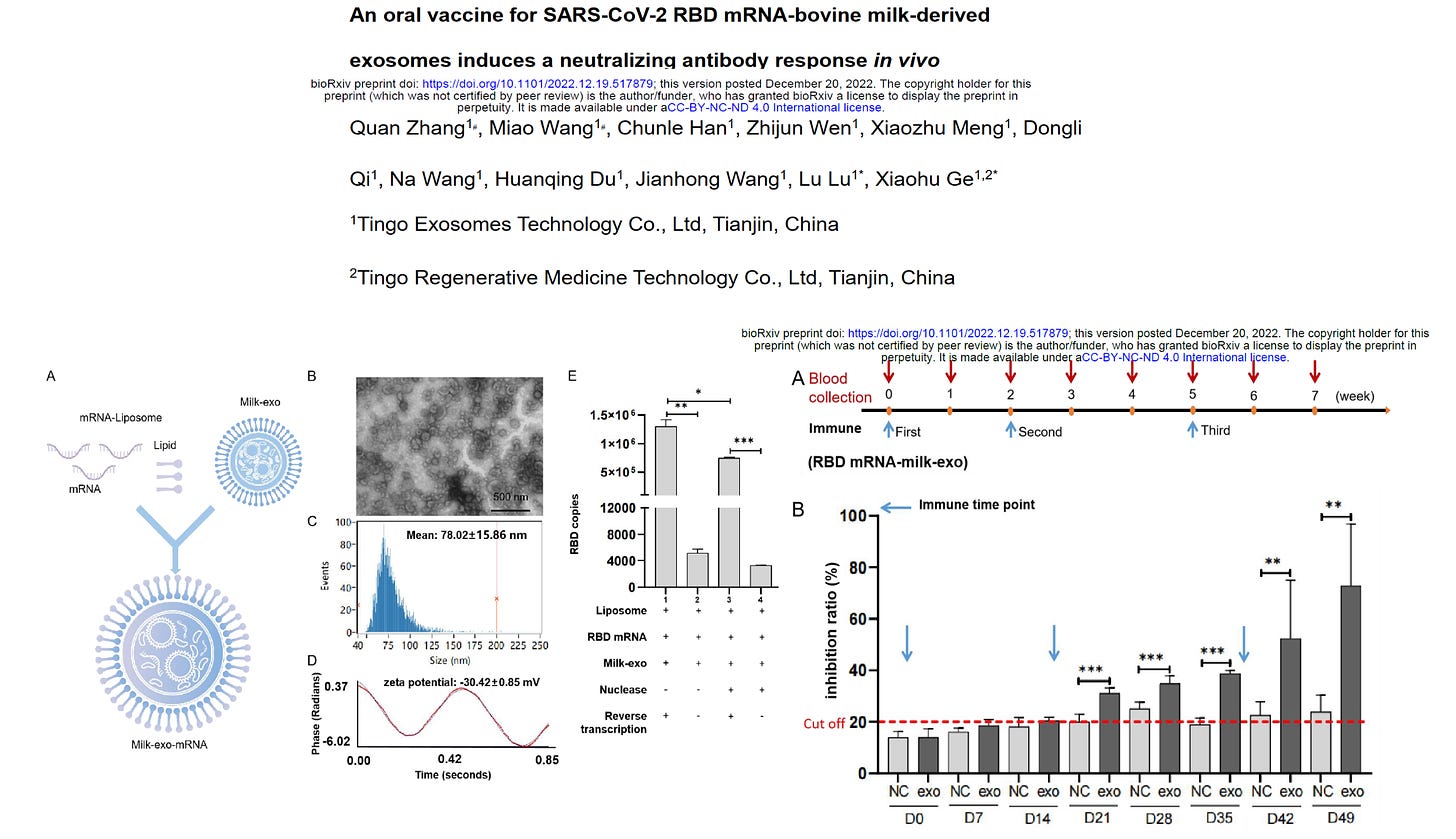Phantom smells or loss of taste caused by long Covid may be treated with a numbing procedure usually used to treat pain and post-traumatic stress disorder.

news.yahoo.com
(fair use applies)
People with long Covid smell disorders or loss of taste may get relief with an experimental treatment
Erika Edwards and Kristen Dahlgren - NBC News
Fri, March 31, 2023, 7:49 PM EDT
A numbing procedure usually used to treat pain and post-traumatic stress disorder is being tested as a way to restore smell and taste in people with long Covid.
It's called a stellate ganglion block. In the procedure, a doctor uses a temporary, local anesthetic — like what a dentist would give before filling a cavity — and injects it into a specific bundle of nerves called the stellate ganglion on both sides of a person's neck. The nerves are part of the sympathetic nervous system, which controls automatic bodily functions, such as blood pressure, digestion and heart rate.
The area is not known to have any impact on how a person perceives odors, however, leaving some experts skeptical of the approach. Other doctors say they have seen real improvements in patients who either can't smell anything or find previously delicious food and drinks now taste repulsive.
Smell disorders tend to become more common with age, and affect millions of people. As many as 1 out of every 8 people in America over age 40 have some kind of olfactory dysfunction, according to the National Institute on Deafness and Other Communication Disorders.
A survey last year found that about 15% of people with Covid-related olfactory loss still had trouble smelling correctly six months later.
Not many treatments are available for smell disorders. Doctors may try olfactory retraining, in which patients concentrate on sniffing four scents — usually rose, eucalyptus, lemon and clove — twice a day for at least three months. Smell therapy has shown promise in some clinical trials.
Getting smell back
At Cleveland Clinic, doctors are offering stellate ganglion blocks to long Covid patients, with the hope of launching a clinical trial.
Jennifer Henderson, 54, of Franklin, Ohio, got Covid in January 2021 and immediately lost the ability to taste or smell anything. A year later, her senses came back, but were wildly distorted.
She first tried olfactory retraining "religiously" for months, without success. Peanut butter and ranch dressing still smelled like chemicals.
Chicken was the worst, she said. "It tasted like rotting flesh. I had to spit it out."
Finally, in November last year, she received the stellate ganglion block at the Cleveland Clinic. The effect was immediate. She held a fresh cup of coffee up to her nose and burst into tears.
"It was the best smell ever," Henderson said. "I just cried like a baby."
Dr. Christina Shin, a physician specializing in pain management at the Cleveland Clinic, said that nearly every day at least one or two patients are referred to her from the long Covid clinic affiliated with the hospital system for help with their smell and taste.
She has treated roughly 30 long Covid patients with the block. About half get better, she estimates, though the level of improvement varies between 25% and 90%.
Dramatic responses like Henderson's have made the rounds on social media, igniting enthusiasm in long Covid communities. But many doctors are cautious because no one really understands how it works.
Some experts theorize that it may increase blood flow to the brain. Others suggest the block acts as a "reset button" for the sympathetic nervous system.
Some question whether it works at all.
"There is no scientific evidence that this is effective," said Dr. Justin Turner, an associate professor in the department of otolaryngology–head and neck surgery at Vanderbilt University Medical Center in Nashville, Tennessee.
"Given the lack of data suggesting efficacy, it's really hard to advocate for this for patients who have a problem that typically resolves with time," he said.
As many as 80% will recover on their own within about six months, said Dr. Zara Patel, a professor of otolaryngology at Stanford University.
That's because stem cells in the nasal cavity have the ability to turn into brand new olfactory receptor neurons that detect odors.
"Throughout our lifetime, probably every three to four months, each olfactory receptor neuron dies off, and a new olfactory receptor neuron comes in and takes its place," Patel said.
Sometimes those new neurons get confused after they regenerate, leading chicken to smell like rotten flesh, as in Henderson's case.
Distorted smell, called parosmia, isn't just about difficulty during mealtimes. The condition can have a profound and deeply upsetting impact on a person's life.
In 2021, researchers in the United Kingdom surveyed people with Covid-related parosmia. Some worried about the effect it had on how they felt about their children.
"A lot of my maternal bonding feelings for my children are tied up with smell," one woman said in the study.
Some reported that the problem was ruining their sex lives. One person wrote about a partner's "rotten breath." The stench was "unbearable, no matter how hard I tried to put it out of my mind."
Some patients fall into despair.
"I have had many patients crying in my office telling me that the parosmia — not just the smell loss, but the smell change — is destroying their life," said Dr. Nyssa Farrell, an assistant professor of otolaryngology-head & neck surgery at Washington University School of Medicine in St. Louis.
However, she was wary of anecdotes of people getting better after a stellate ganglion block.
"It kind of sounds like voodoo," Farrell said. "I'm a scientist and I don't just believe what people say."
With desperate patients in mind, she started a small study to see if the block would work well enough to justify launching a large, randomized clinical trial that would give the needed evidence.
Among 20 patients with trouble smelling correctly, 10 reported "slight to moderate" improvement after the stellate ganglion block. It wasn't a strong result, but enough to move forward "to see if this is a placebo effect or if this is real," Farrell said.
A larger study is in the planning stages.
A stellate ganglion block is not the only potential remedy under investigation for loss of smell. Patel, of Stanford, ran a study looking at whether an injection of platelet-rich plasma deep into the nasal cavity might help prompt olfactory neurons to form correctly.
The procedure involves drawing the patient's own blood, removing its red and white cells, leaving behind plasma full of platelets and growth factors known to regenerate different types of tissue.
"Hopefully, what platelet-rich plasma is doing," Patel said, is getting those neurons to regenerate in a way "so that the correct signal is sent back to the brain."
Among 26 study participants, those who got the plasma injection were 12 times more likely to report improvements in their smell loss than those who got placebo shots.
Patel is now offering the procedure to all of her patients who have lost smell.
Does smell treatment work?
Excitement for stellate ganglion blocks' potential for treating long Covid ramped up in December 2021 when Dr. Luke Liu, a pain specialist in Anchorage, Alaska, reported the successful treatment of two long Covid patients.
Many of their ongoing symptoms, including muscle pain, fatigue, dizziness, brain fog and loss of smell and taste, improved within a week of getting the injections, he said.
Liu theorizes that a "glitch" in the autonomic nervous system plays an important role in lingering Covid and similar post-viral illnesses.
"In the case of long Covid, that glitch prevents the nervous system, and probably the rest of the body, from healing itself from a viral infection," he suggested. "The stellate ganglion block acts by pushing the reset button to that system. By doing so, it allows the entire system to reboot and become more synchronized and organized."
Liu has treated roughly 300 patients, and says about 65-70% "do really well and don't need any other intervention."
Still, he cautioned, it's too early to call stellate ganglion blocks a cure. About 5% of patients, he said, don't have any lasting improvement. About a third must go back to the clinic every few weeks or months for additional injections.
Henderson, who was treated at the Cleveland Clinic, has had to return three times. Her smell and taste are better, she said, but not back to normal.
"This should be treated as a scientific clue rather than a solution at this point," Liu said, adding that larger studies are needed.
What are the risks of smell treatment?
The bundle of nerves targeted in the block procedure is right next to the carotid arteries, a pair of major vessels that supply blood to the brain. If inserted incorrectly, the medication can disrupt vocal chords and lead to trouble breathing.
The risks drop tremendously when a highly experienced doctor performs the stellate ganglion block, which has been used for decades by pain specialists to treat complex pain syndromes, Ferrell said. She partnered with an anesthesiologist for her studies.
"She does stellate ganglion blocks for a living," Ferrell said. "For her, the risks are very low."
The cost of the procedure varies widely and some insurance companies do not cover the block to treat smell disorders.
Liu said that he charges $500 per block, and is disheartened by anecdotes of other clinics billing their patients thousands of dollars.
"To me, this is taking advantage of people who are suffering."
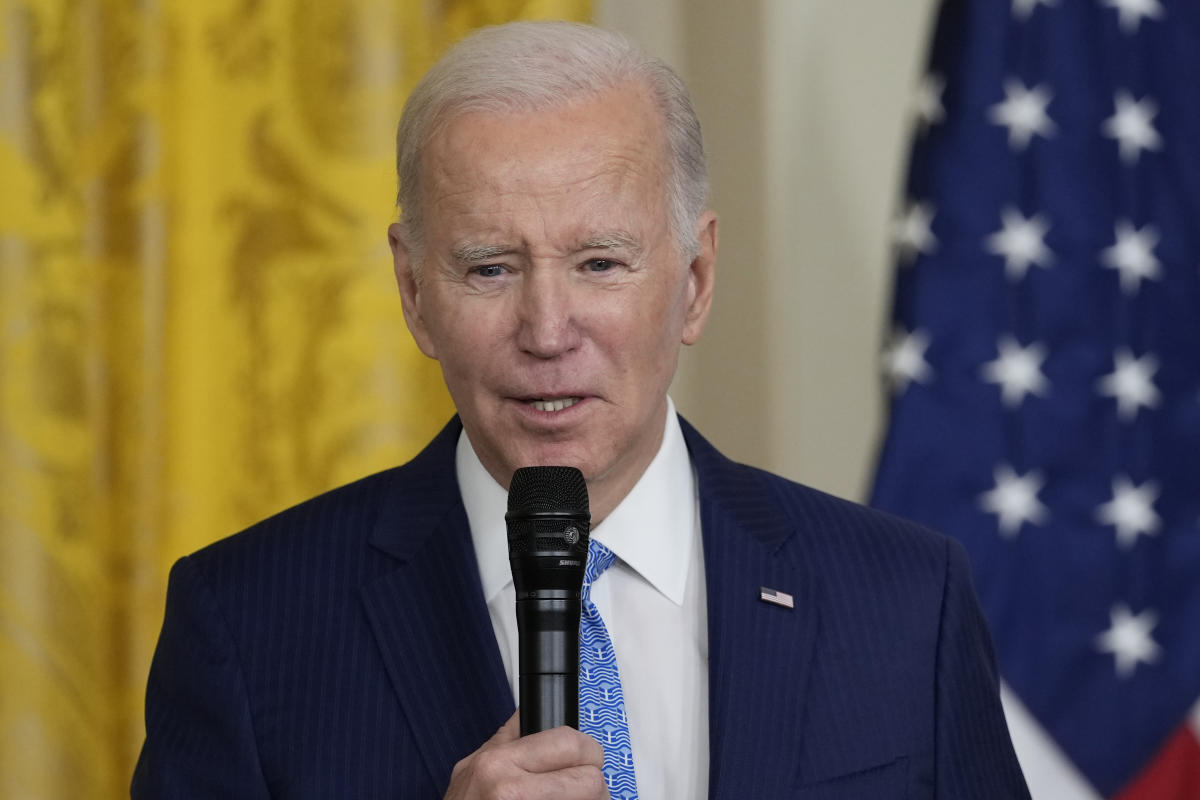

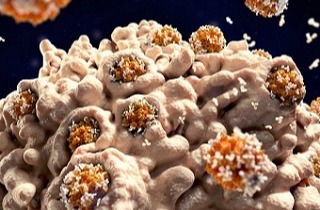

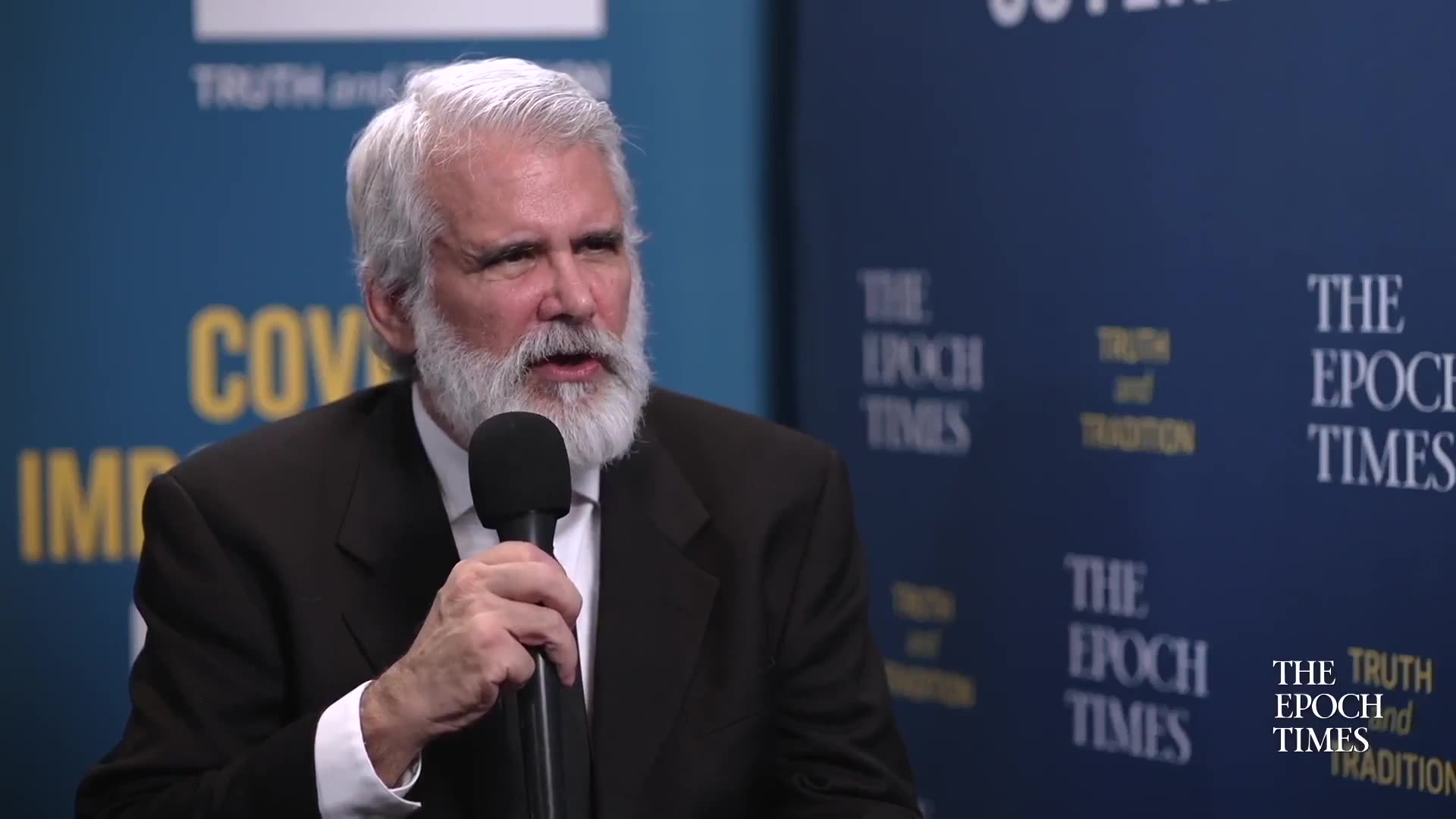

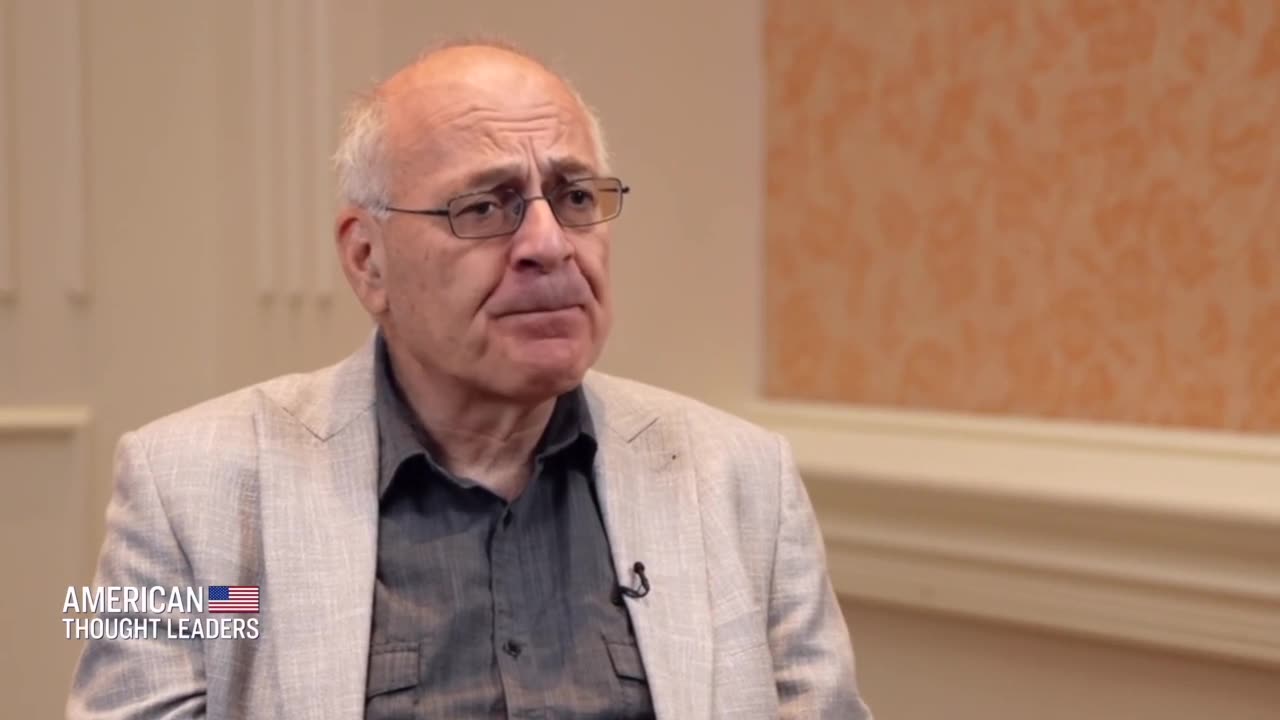
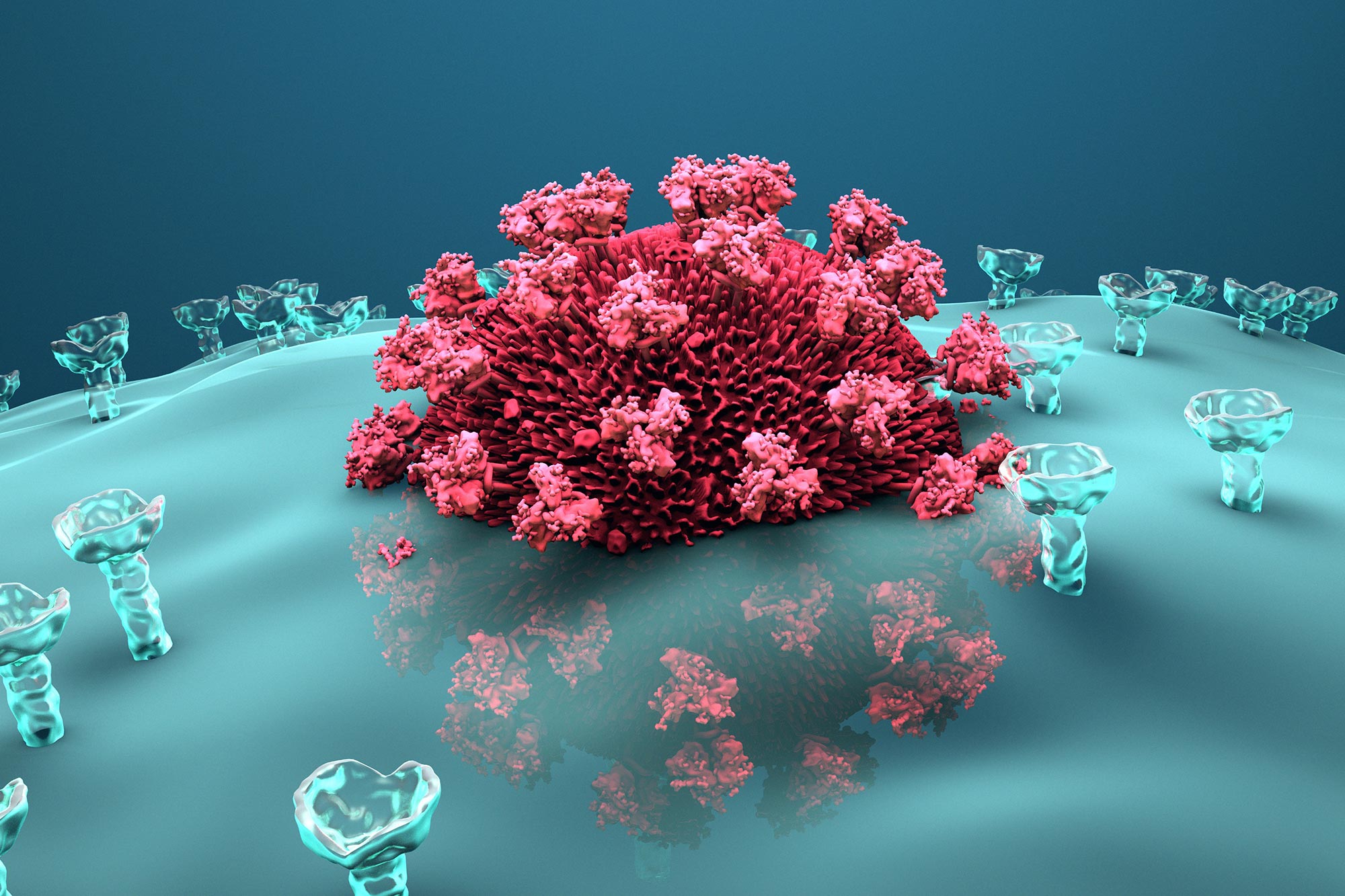
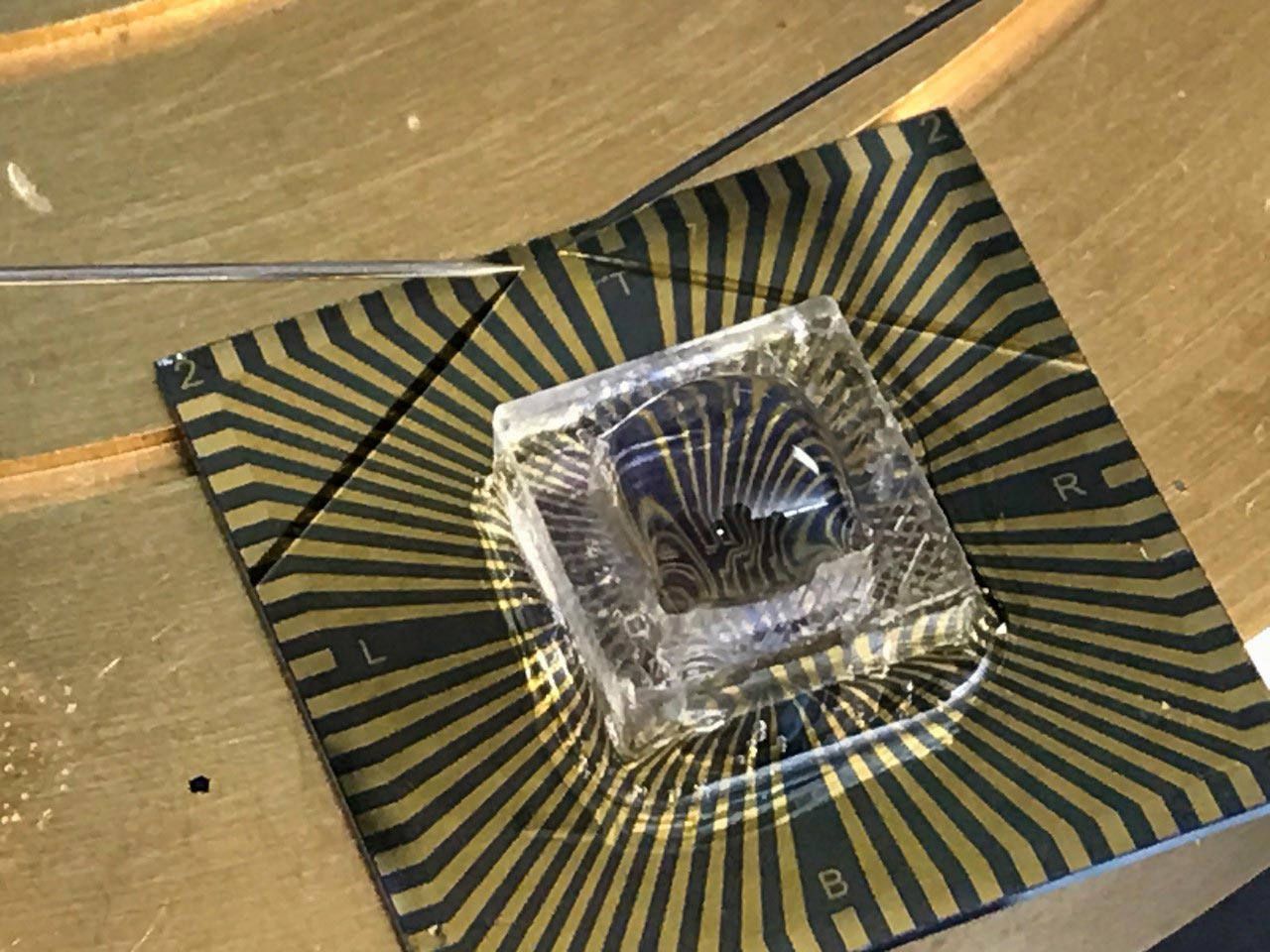
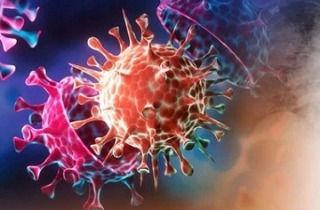

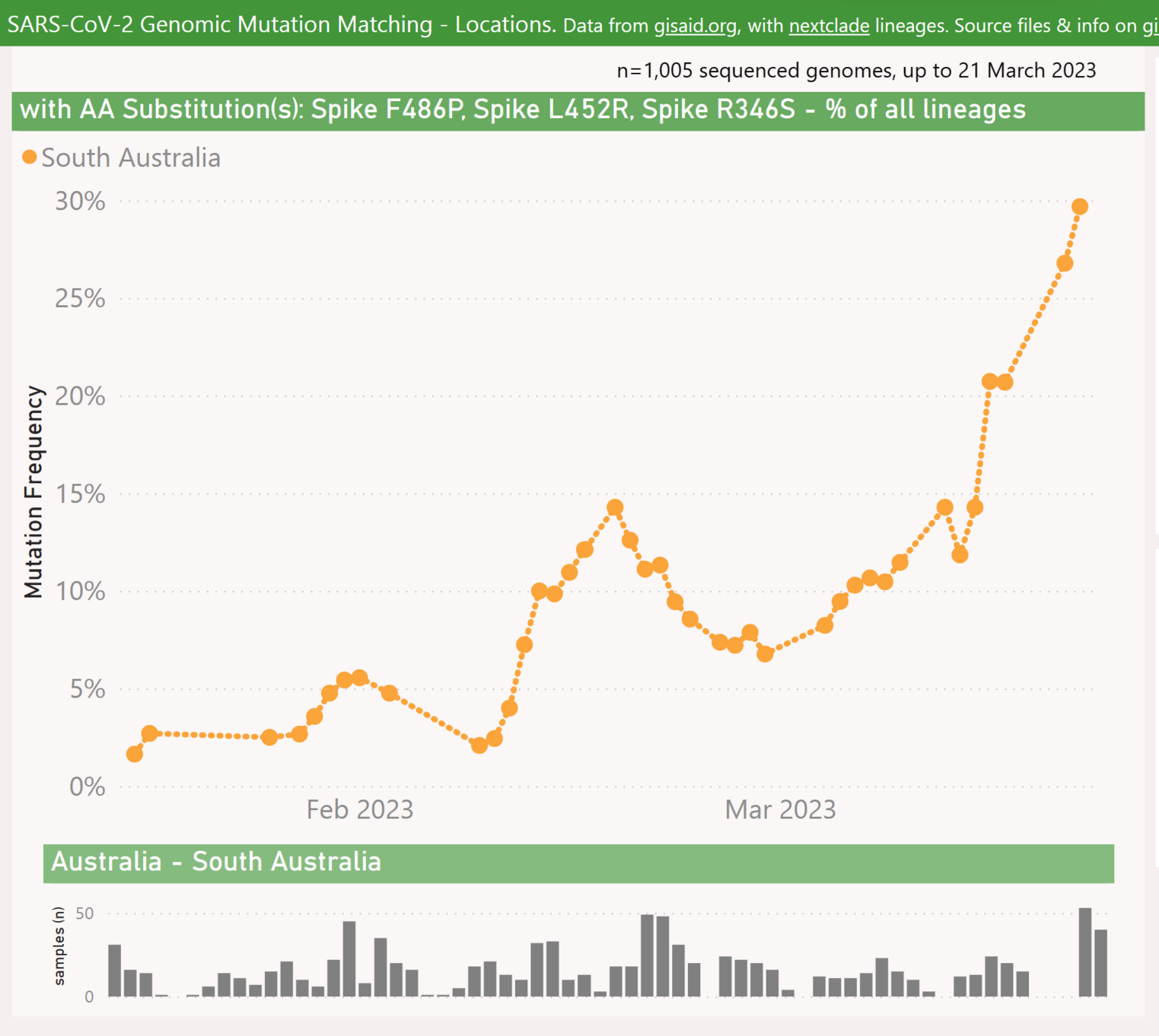


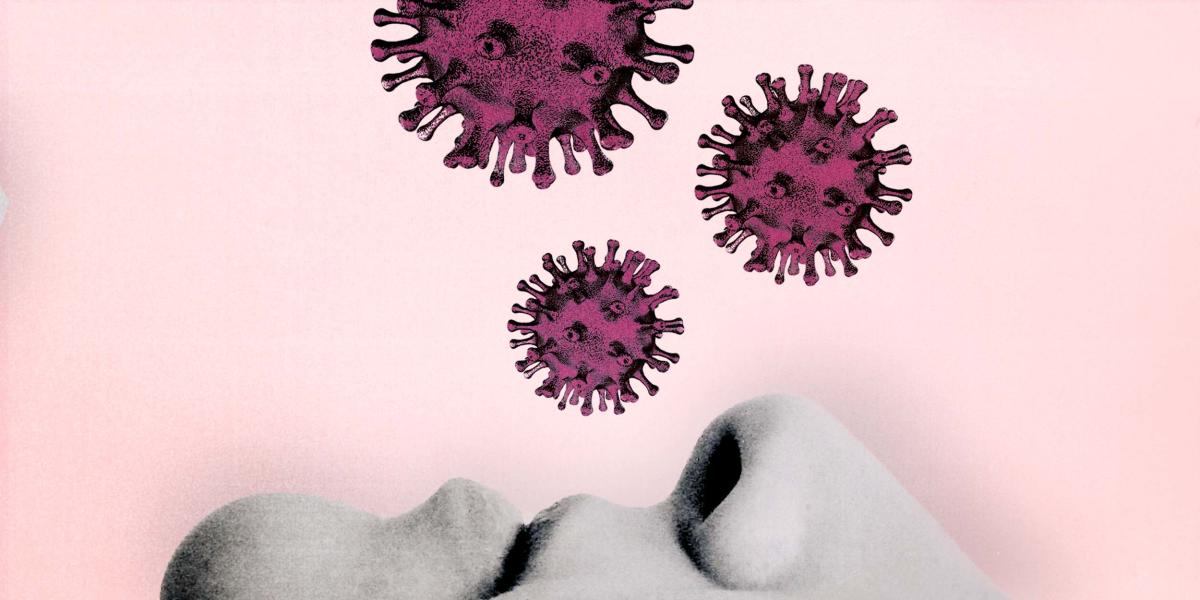
.png)





